Self-improving Software
Dr. Gleb Bahmutov PhD
Kensho Boston / NYC
- Personal site http://glebbahmutov.com/
- Blog http://glebbahmutov.com/blog/
- slides.com/bahmutov
- Twitter @bahmutov
Does your code look like this?
There is a better way
Code out of control: red flags
Divide and conquer
Tools and semantic versioning rants
Presentation outline
Source out of control - the red flags
Build time > 15 seconds
Multiple tools, environments
Impossible to unit test a feature
You have to use AND to describe the project and its goals
Source control to built and tested > 10 minutes
No code reuse
Giving up
Large projects are bad: Extra reading
Q: Why are the giant code bases so difficult to deal with?
Software complexity
= number of interactions
var sum = add(a, b);4 variables (a, b, add and sum)
4 * (4 - 1) / 2 = 6 interactions
Cognitive research
3 - 7 things at once
"Thinking, Fast and Slow" by Daniel Kahneman
Solution to interaction complexity
Physical separation (scope)
function add(a, b) { ... }
var sum = add(2, 3);
console.log('2 + 3 =', sum);-
functions separate variables via scopes
-
source files separate code
-
teams separate people
-
dependencies separate files
-
slides separate bullet points
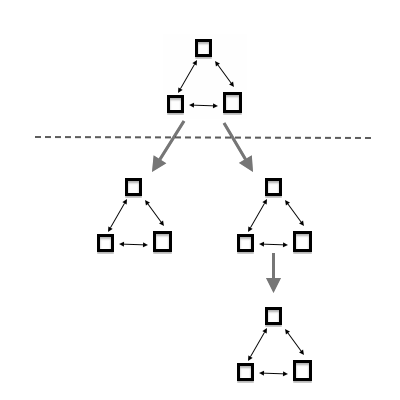
Splitting code via dependencies
Things that are simpler in small projects
- API design
- Testing
- Installation
- Documentation
- Code reviews and standards
- Code and module reuse
- Onboarding
Set clear boundary
// function signature
function add(a, b) { ... }
// package.json
{
"name": "my-utils",
"version": "2.0.1",
"main": "index.js"
"dependencies": {
"module-a": "1.0.0",
"module-b": "0.1.0"
}
}Respect the boundary
// good
var a = require('another-module');
// avoid
var a = require(
'./node_modules/another-module/src/something.js');App Assembly
Each auto part is
-
built separately
-
tested separately
-
has SKU number
-
shipped to the auto plant
-
placed into the car
Assembling apps
- Single repo per app
- Shared code via separate repos (dependencies)
- Each repo has its own version
12 Factor App (from Heroku)
Packaging
Java - Maven
Perl - CPAN
JavaScript - Node Package Manager (NPM)
NPM in action
npm search colors
npm info chalk
npm home chalk
npm install chalk --save
// index.js
require('chalk');
console.log( chalk.blue('Hello world!') );Node: NPM
{
"name": "my-module",
"version": "0.1.0",
"git": ...,
"dependencies": {
"foo": "0.1.*",
"bar": "~1.2.0",
"baz": "^2.0.1"
},
"devDependencies": {
"grunt-concat": "0.1.1"
}
}
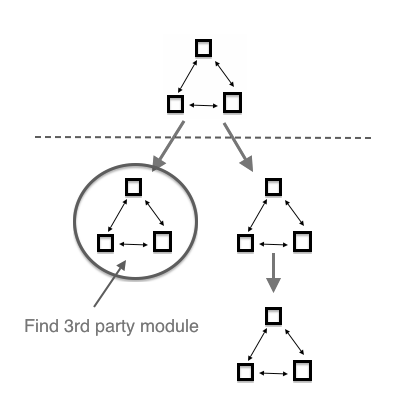
Eliminate surprises
Use exact versions
$ npm config set save-exact true$ npm install --save-exact grunt-nice-package
// cleans up fuzzy symbols
Dependency resolution: Nodejs
// dependencies-resolution uses module-a@2.0.0, module-b@0.6.0
// module-b@0.6.0 uses module-a@1.0.0
$ npm list
dependencies-resolution@0.0.0
├── module-a@2.0.0
└─┬ module-b@0.6.0
└── module-a@1.0.0Worry about the top level.

1.5.0
4.0.1
Semantic versioning
major . minor . patch
unicorns . stars . angels
really
major . minor . patch
major' . minor' . patch'
From:
To:
Semantic versioning
-
major: I broke it
-
minor: I added new feature
-
patch: I fixed something
really
Semantic versioning
Dependency tree in practice
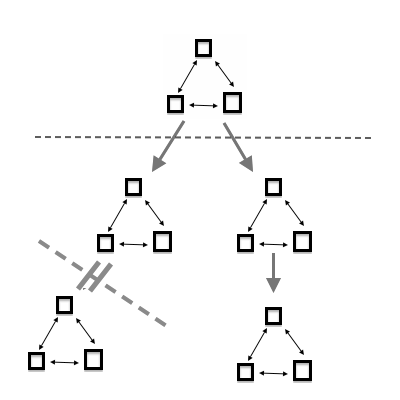
Dependency tree in practice

0.1.0
2.2.0
2.2.0
0.1.0
Dependency tree in practice

0.1.0
2.2.0
2.2.0
0.1.0
0.1.1
0.1.2
2.2.1
2.2.2
2.5.0
3.0.0
3.0.1
Real issue: out of date
// package.json
{
"dependencies": {
"module-a": "1.0.0"
}
}
// npm registry:
module-a: 0.8.0, 0.9.0, 1.0.0, 1.0.1, 2.0.0
Q: Can I upgrade?
// package.json
{
"dependencies": {
"module-a": "1.0.0"
}
}
// npm registry:
module-a: 0.8.0, 0.9.0, 1.0.0, 1.0.1, 2.0.0A: No one knows
// package.json
{
"dependencies": {
"module-a": "1.0.0"
}
}
// npm registry:
module-a: 0.8.0, 0.9.0, 1.0.0, 1.0.1, 2.0.0Relying on human-supplied semver is like relying on human-typed code comments to be 100% accurate
Q: Is this a mess?
A: Yes.
- the mess is manageable.
- the mess maps nicely to the software development:
- different parts are developed at different speeds.
- using versioned dependencies isolates the true mess: constant merging of commits
Develop + integrate
function add(a, b) { ... }
...
... add(2, 3);
....
add(-1, 100);
...
...
console.log(add(0, 0));
...Develop + integrate
function add(a, b) { XXX }
...
... add(2, 3);
....
add(-1, 100);
...
...
console.log(add(0, 0));
...Develop + integrate
function add(a, b) { XXX }
...
... add(2, 3);
....
add(-1, 100);
...
...
console.log(add(0, 0));
...Develop + integrate
function add(a, b) { XXX }
...
... add(2, 3);
....
add(-1, 100);
...
...
console.log(add(0, 0));
...Hard to improve "add" AND keep everything working
Develop THEN integrate
// package.json "add": "1.0.0"
var add = require('add');
...
... add(2, 3);
....
add(-1, 100);
...
...
console.log(add(0, 0));// module ADD@1.0.0
function add(a, b) { ... }
Develop THEN integrate
// package.json "add": "1.0.0"
var add = require('add');
...
... add(2, 3);
....
add(-1, 100);
...
...
console.log(add(0, 0));// module ADD@1.1.0
function add(a, b) { XXX }
Develop THEN integrate
// package.json "add": "1.1.0"
var add = require('add');
...
... add(2, 3);
....
add(-1, 100);
...
...
console.log(add(0, 0));// module ADD@1.1.0
function add(a, b) { XXX }
Revert, no harm done
// package.json "add": "1.0.0"
var add = require('add');
...
... add(2, 3);
....
add(-1, 100);
...
...
console.log(add(0, 0));// module ADD@1.1.0
function add(a, b) { XXX }
Q: Can we automate?
-
Run unit tests
-
Install each new dependency
-
Run unit tests again
-
Keep or
-
Revert
-
A: next-update

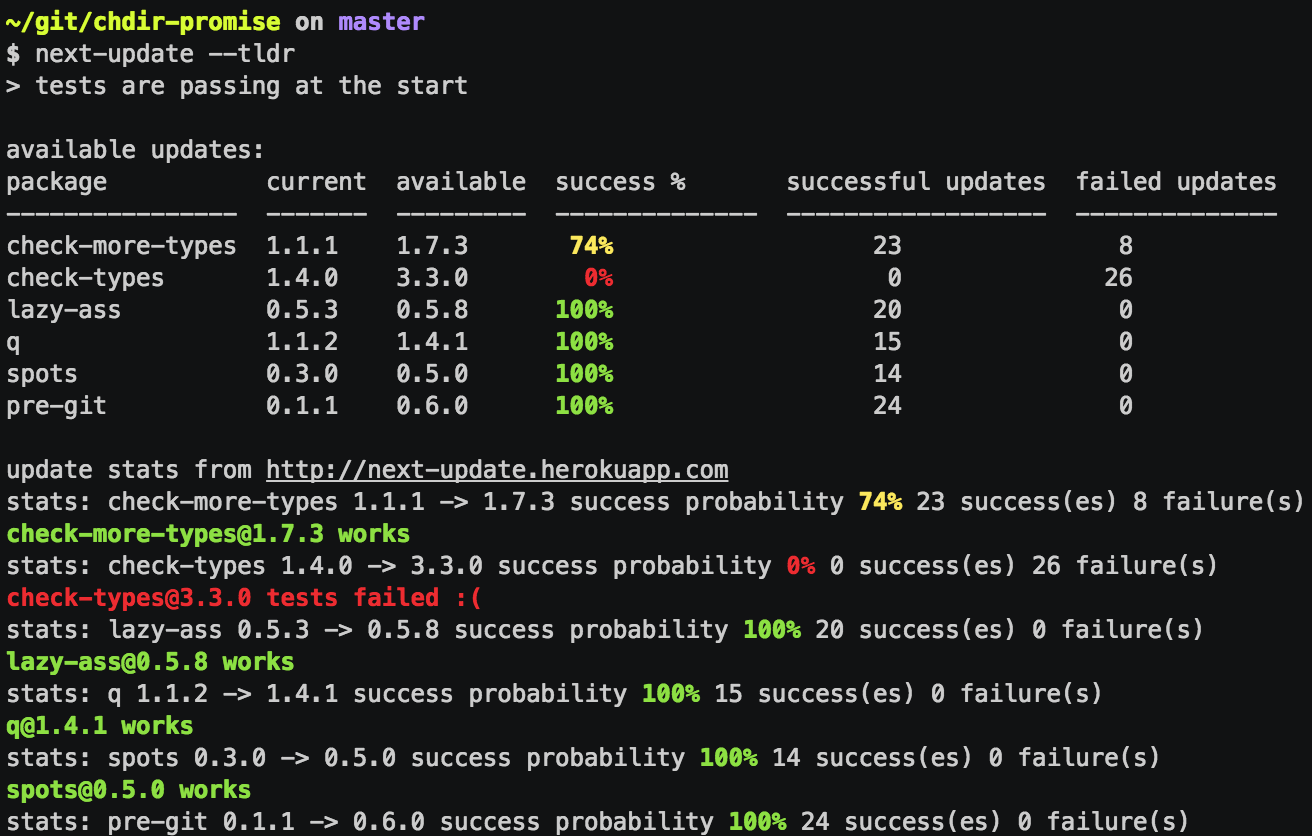
next-update


next-update
If you test your software - you will get 3rd party upgrades with zero effort
Q: Is the update from A@x.y.z to A@x.y+1.z
likely to succeed?
next-update-stats

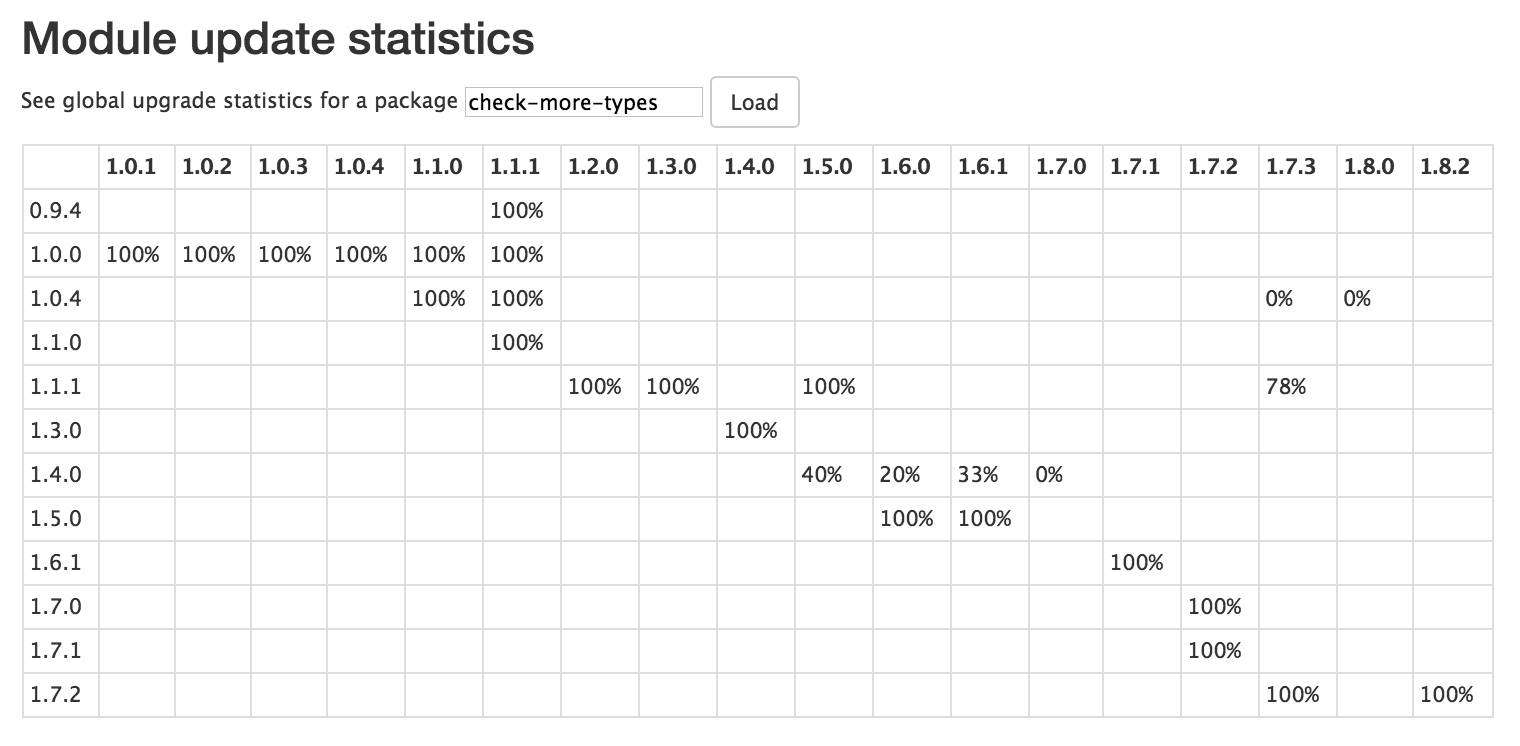
next-update-stats


Semver adherence

Semver adherence

Semver adherence
type from to successful %
patch 0.2.0 0.2.1 100
patch 0.4.0 0.4.1 100
patch 0.6.0 0.6.1 100
patch 0.6.4 0.6.5 100
minor 0.6.5 0.7.0 100
major 0.8.1 1.0.0 0
minor 1.0.0 1.1.0 100
patch 1.1.0 1.1.1 94
minor 1.1.1 1.2.0 100
patch 1.2.0 1.2.1 100
minor 1.2.1 1.3.0 100
patch 1.3.0 1.3.1 100
patch 1.3.1 1.3.2 100
minor 1.3.2 1.4.0 100Semver adherence
lodash respects semver
underscore and Ramda do not
* Ramda is still 0.15.0 (< 1.0.0)
# of projects is growing
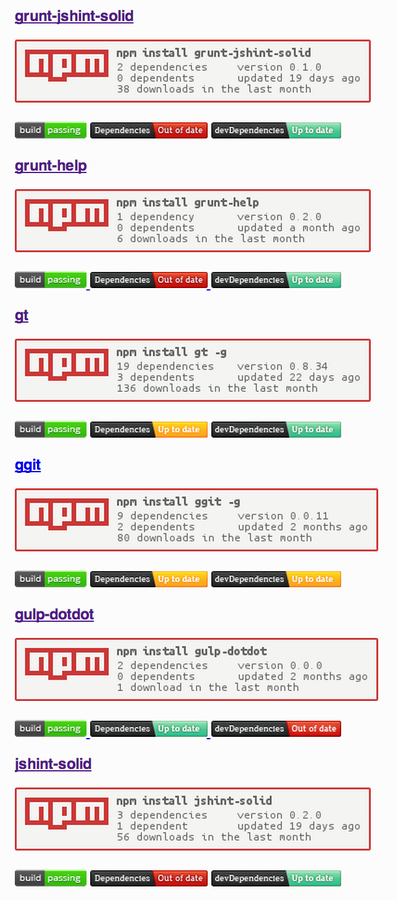
Q: Can we keep upgrading ALL projects?
A: flip the switch with next-updater

Next-updater

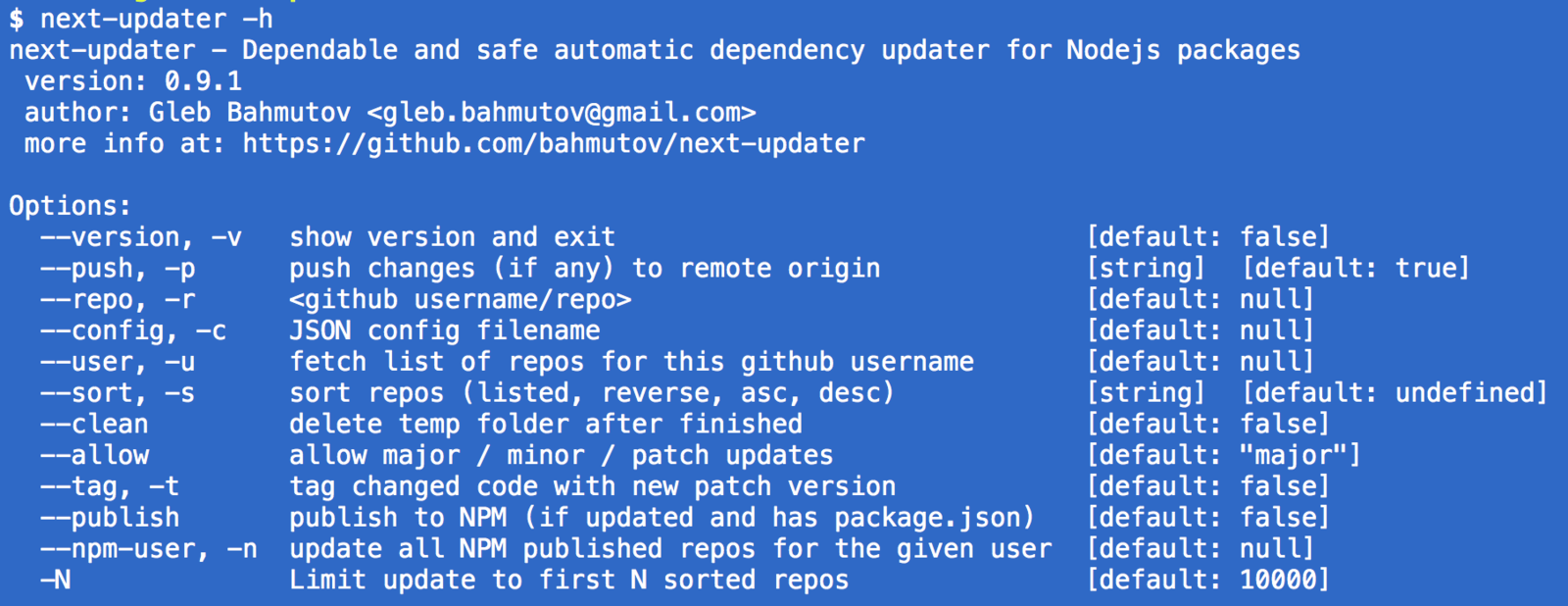
Next-updater: scared?
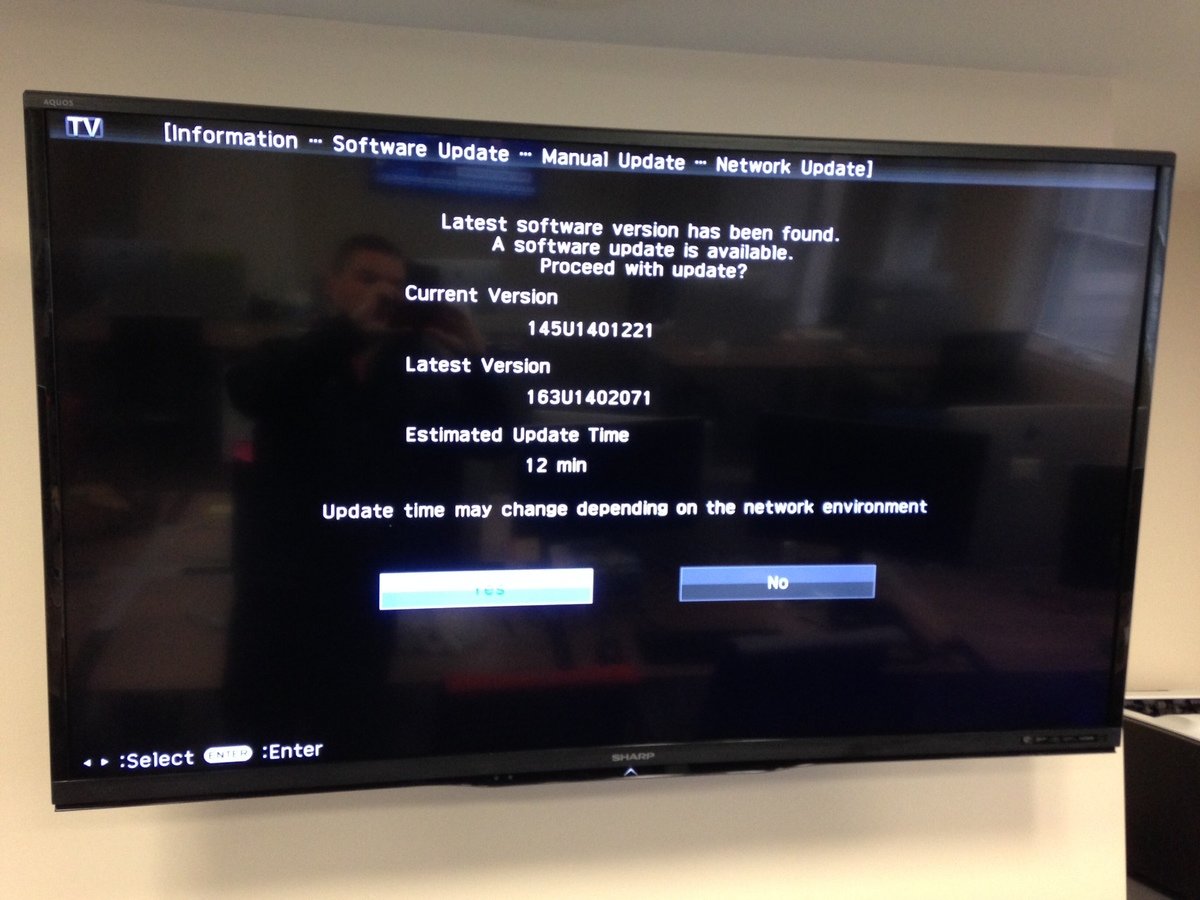
iOS6 vs iOS7 updates

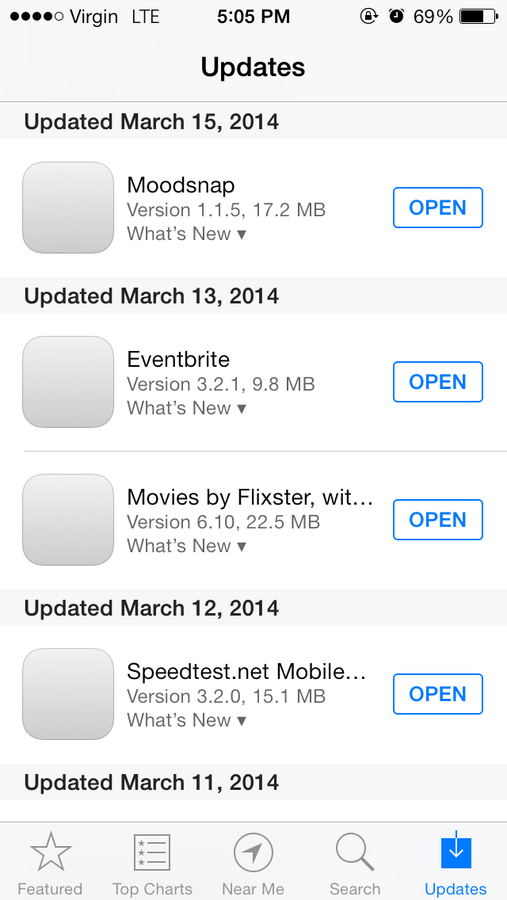
Automatic updates with next-updater are not scary
-
Minor / patch updates
-
If your project has high code coverage
-
If a particular dependency update has a high probability of being successful
What are we getting?


NPM zero.x.y

We fail to follow semver
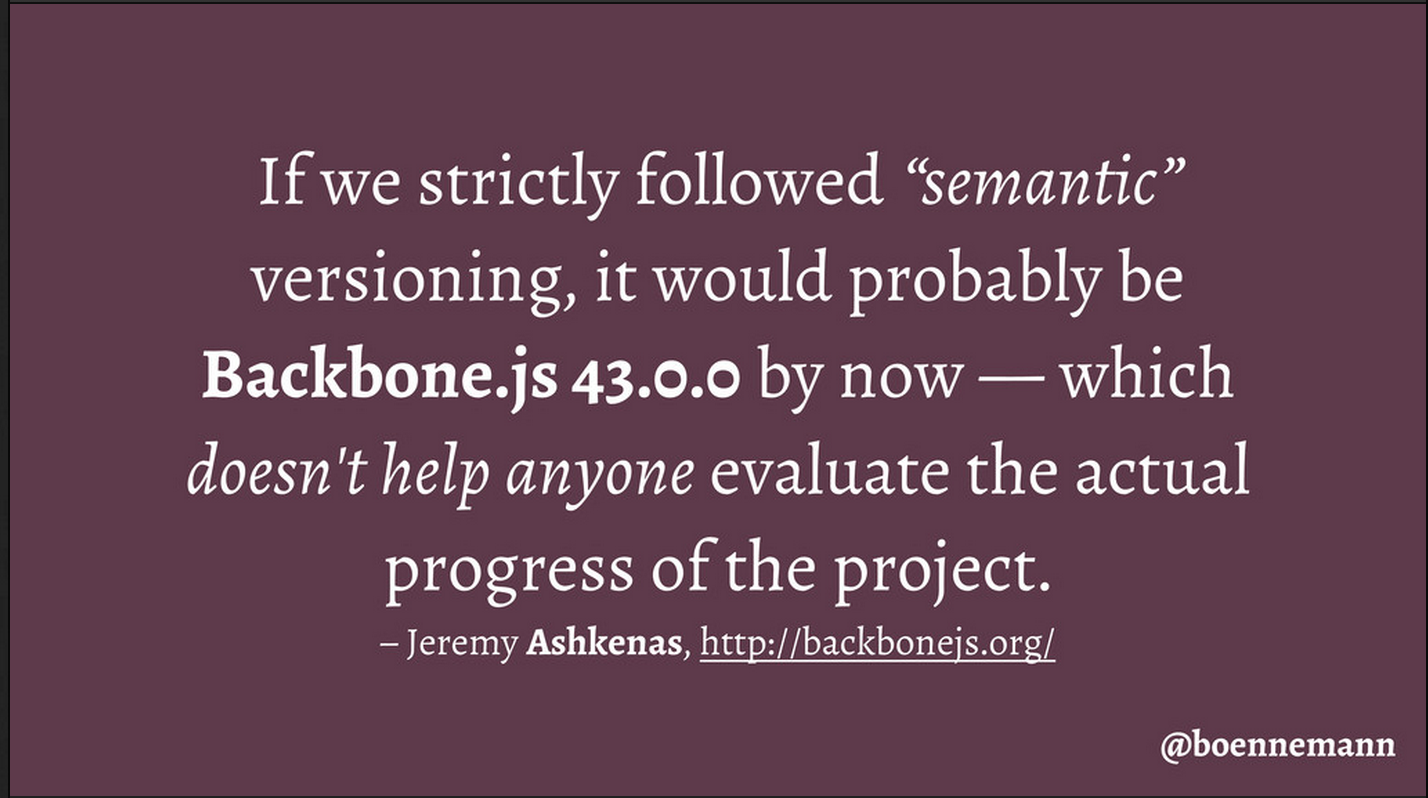
We fail to follow SemVer – and why it needn’t matter by Stephen Bonnemann (JSConf Budapest 2015)
We fail to follow semver
- and it does matter
Project activity - # of commits
Is your new release likely to NOT work for MY project? - SEMVER
rant
We fail to follow semver
- and it does matter
Backbone@43.0.0 is OK
Backbone 43.0.0 -> 43.0.1 NOT working right away for my web app is NOT OK
rant
Automate SemVer
We fail to follow SemVer – and why it needn’t matter by Stephen Bonnemann (JSConf Budapest 2015)
Test each code against its own
previous tests

Q: Are you going to break everyone?


dont-break from module X
-
Install each dependent project
-
Replace X@x.y.z with X@current
-
Run unit tests
If we are breaking dependent projects - maybe we should increment MAJOR in semver major.minor.patch
dont-break from module X
Conclusions
-
Single huge project- lots of small projects - Test your software against the world: dont-break, semantic-release
- Upgrade versions without breaking stuff: next-update / next-updater
Self-improving Software
Dr. Gleb Bahmutov PhD
Kensho Boston / NYC
- Personal site http://glebbahmutov.com/
- Blog http://glebbahmutov.com/blog/
- slides.com/bahmutov
- Twitter @bahmutov
Companion blog posts: Dependencies for NodeJs, modular development